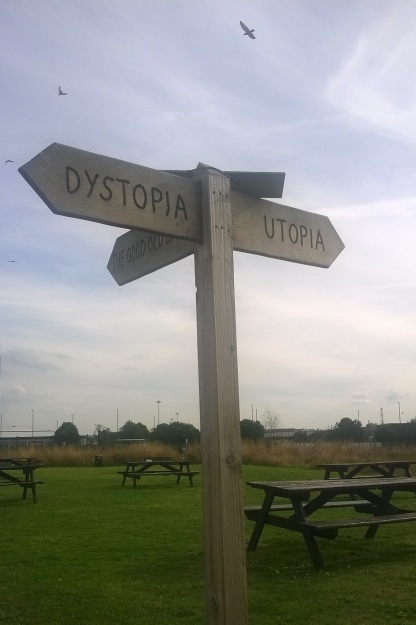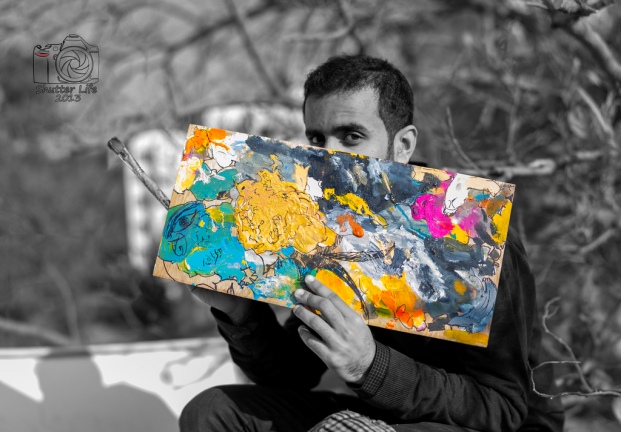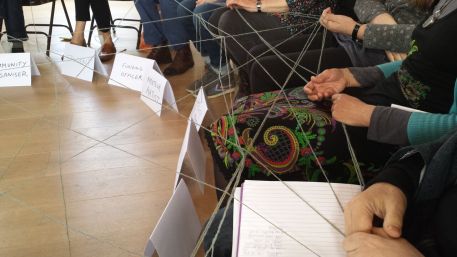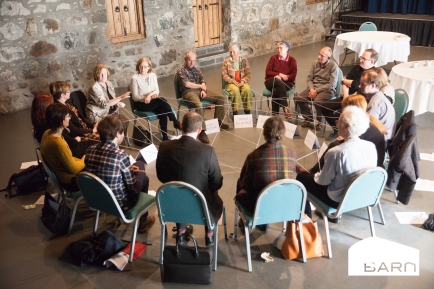
Brewery Green, The Tetley, Leeds (photos: Jon Price)
In another of our occasional series of guest blogs on artistic leadership, Brussels based musician and philosopher Kathleen Coessens asks how we can think about leadership from the perspective of the artist, whether the artist can be a leader, and – if so – what kind of leader?
Kathleen, a participant in our Brussels seminar during On The Edge’s Cultural leadership and the place of the Artist project in 2016, looks back to that discussion through the lens of her own artistic identity and three productive metaphors.
As always we invite further responses to continue and connect our thinking.





![WP_20140622_006[1]](https://ontheedgeresearch.files.wordpress.com/2014/07/wp_20140622_0061.jpg?w=300&h=168)